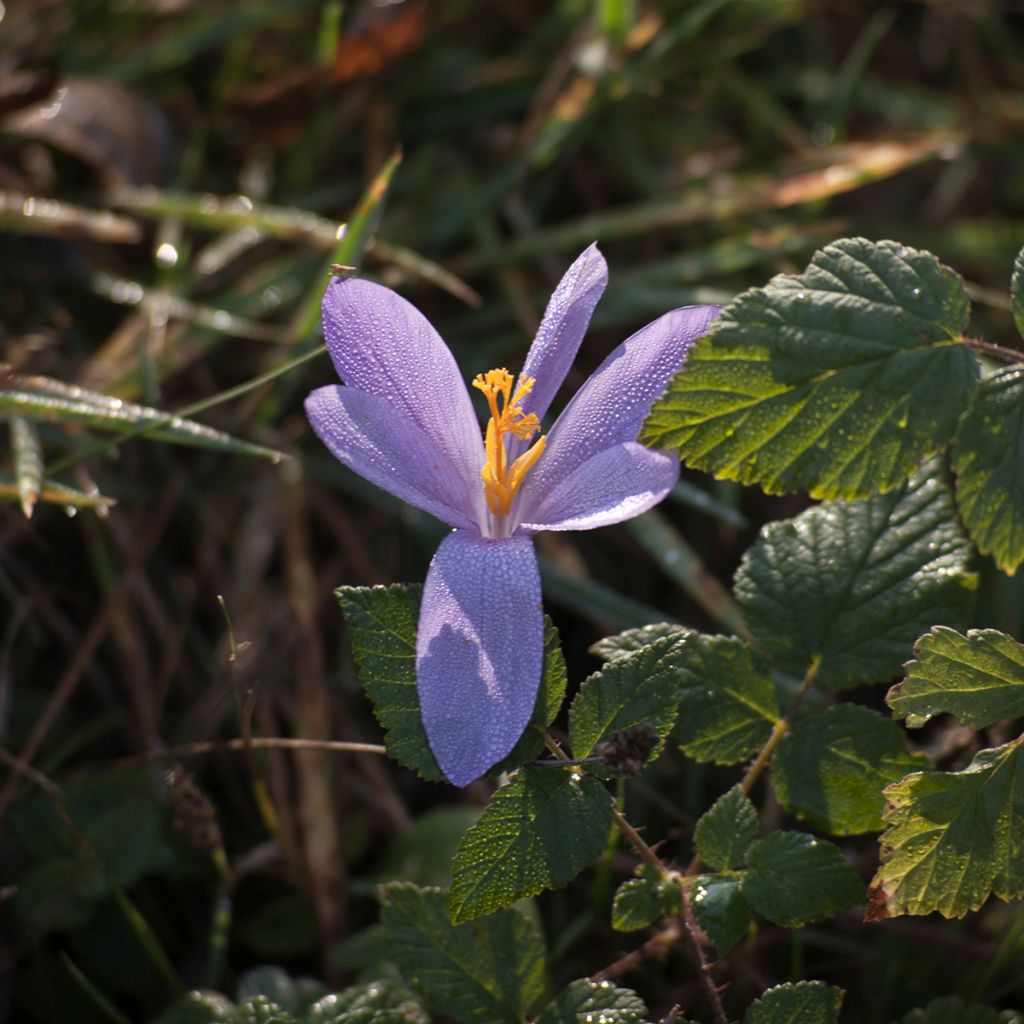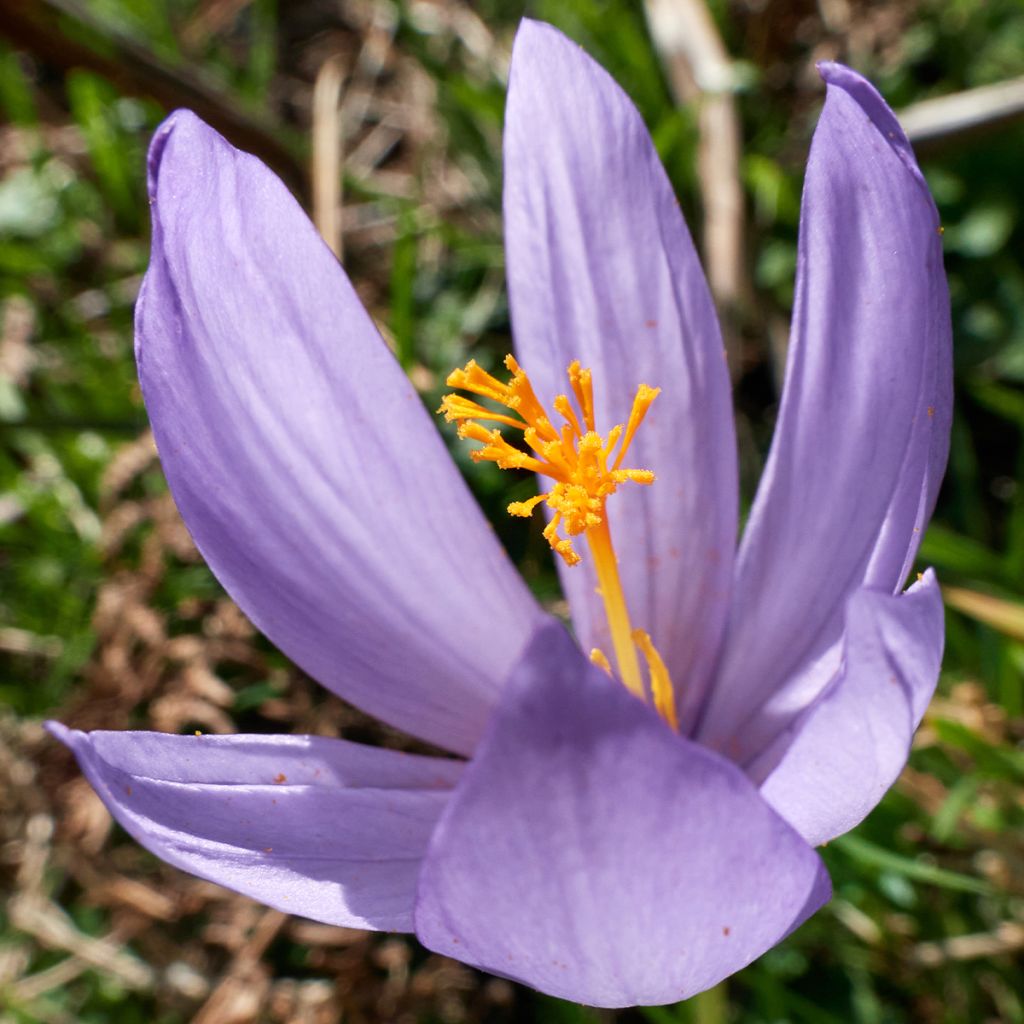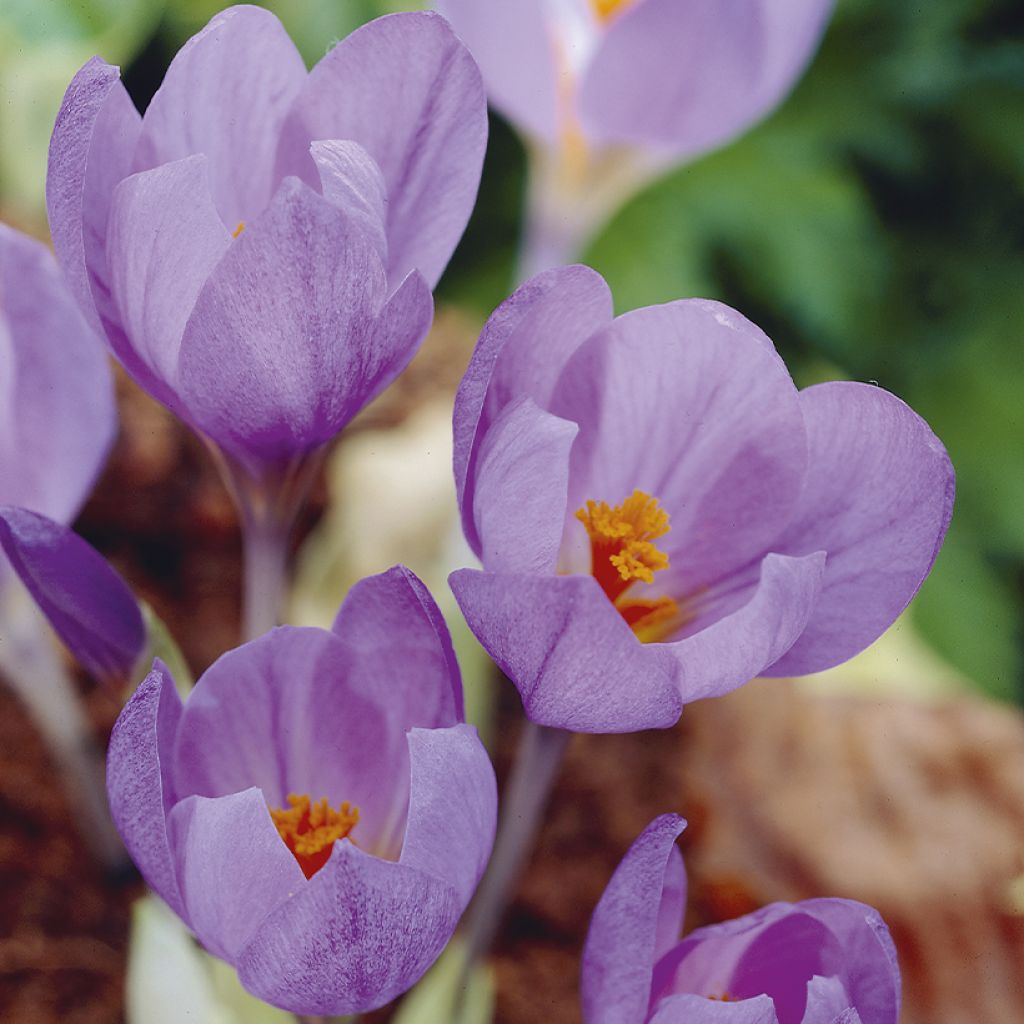Plantfit
Log in / Register
Existing customer?
New customer?
Create an account to track your orders, access our customer service and, if you wish, make the most of our upcoming offers.
My Account
Hello
Shipping country and language
Your country of residence may be:
For a better user experience on our website, you can select:
Your shipping country:
Andorra
Austria
Belgium
Bulgaria
Croatia
Czechia
Denmark
Estonia
Finland
France
Germany
Greece
Hungary
Iceland
Ireland
Italy
Latvia
Lithuania
Luxembourg
Monaco
Netherlands
Poland
Portugal
Romania
Slovakia
Slovenia
Spain
Sweden
Switzerland
Language:
French
English


Crocus serotinus subsp. salzmannii


Crocus serotinus subsp. salzmannii


Crocus serotinus subsp. salzmannii
Crocus serotinus subsp. salzmannii
Crocus serotinus subsp. salzmannii
Order in the next for dispatch today!
Dispatch by letter from €3.90.
Delivery charge from €5.90 Oversize package delivery charge from €6.90.
More information
This item is not available in your country.
Select delivery date,
and select date in basket
This plant carries a 6 months recovery warranty
More information
We guarantee the quality of our plants for a full growing cycle, and will replace at our expense any plant that fails to recover under normal climatic and planting conditions.
From €5.90 for pickup delivery and €6.90 for home delivery
Non-EU destinations: delivery charges according to weight of consignment. .
Express home delivery from €8.90.
Does this plant fit my garden?
Set up your Plantfit profile →
Description
Crocus serotinus subsp. salzmannii is a rarely cultivated botanical species with autumn flowering, which easily naturalises in any well-drained soil. This small bulbous plant produces a cup-shaped flower in a bright purple colour adorned with a yellow-orange pistil. Very hardy, it brings a splash of colour to the garden just before winter, much like colchicum and saffron. This crocus thrives in a sunny meadow or rock garden.
Crocus serotinus subsp. salzmannii belongs to the Iridaceae family. Spain and North Africa are the native habitats of this plant, which can be found in lean pastures, mountain meadows, clearings in pine forests, or at the edges of oak forests. Its natural habitat corresponds to slightly dry and sometimes rocky environments. The subspecies salzmannii is distinguished from other C. serotinus by its bulbs: they have a membranous tunic that splits into parallel fibres. This plant prefers to rest in dry soil in summer. Flowering occurs in October or early November, depending on the climate, and sometimes as early as September. The bulb produces one or two flowers with 6 mauve petals finely veined with violet, measuring 3 to 4cm (1 to 2in) in diameter, carried by a white tube. The centre is occupied by stamens and a cut yellow-orange style. The flowers close at night and in bad weather, but open wide in the sun and even in partial shade. The foliage develops just after flowering, persists in winter, and disappears in early spring. The bulb produces 4 to 7 thin and long glossy dark green linear leaves. The 'bulbs' here are corms. A corm is, in plant morphology, an underground storage organ that looks like a bulb but is formed by a swollen stem surrounded by a tunic.
Crocus serotinus subsp. salzmannii looks wonderful in a lawn where it multiplies year after year. It will also thrive at the edge of a light woodland or between the stones of a rock garden. It can be planted along a hedge, or at the base of deciduous trees such as lilacs, mock oranges, or viburnums, for example. Combine autumn crocuses with their spring cousins to enjoy multiple flowering seasons. Some ideas for combinations: with Anemone blanda, botanical narcissus, and cyclamen. In the middle of the lawn, opt for grape hyacinth and violets. This crocus is also suitable for planting in outdoor pots.
Crocus serotinus subsp. salzmannii in pictures


Plant habit
Flowering
Foliage
Botanical data
Crocus
serotinus subsp. salzmannii
Iridaceae
Southern Europe
Planting and care
Plant the corms before 20/09, so they will flower as early as autumn. Plant them in a warm, south or west-facing position, at a depth of 10cm (4in) and spaced 8cm (3in) apart. They require well-drained soil that doesn't retain too much water. If your garden soil is too heavy, incorporate sand or gravel at the time of planting. Warm and relatively dry soil in summer is beneficial for them. Under suitable growing conditions, they will multiply and faithfully return each year.
Planting period
Intended location
Care
This item has not been reviewed yet - be the first to leave a review about it.
Haven't found what you were looking for?
Hardiness is the lowest winter temperature a plant can endure without suffering serious damage or even dying. However, hardiness is affected by location (a sheltered area, such as a patio), protection (winter cover) and soil type (hardiness is improved by well-drained soil).

Photo Sharing Terms & Conditions
In order to encourage gardeners to interact and share their experiences, Promesse de fleurs offers various media enabling content to be uploaded onto its Site - in particular via the ‘Photo sharing’ module.
The User agrees to refrain from:
- Posting any content that is illegal, prejudicial, insulting, racist, inciteful to hatred, revisionist, contrary to public decency, that infringes on privacy or on the privacy rights of third parties, in particular the publicity rights of persons and goods, intellectual property rights, or the right to privacy.
- Submitting content on behalf of a third party;
- Impersonate the identity of a third party and/or publish any personal information about a third party;
In general, the User undertakes to refrain from any unethical behaviour.
All Content (in particular text, comments, files, images, photos, videos, creative works, etc.), which may be subject to property or intellectual property rights, image or other private rights, shall remain the property of the User, subject to the limited rights granted by the terms of the licence granted by Promesse de fleurs as stated below. Users are at liberty to publish or not to publish such Content on the Site, notably via the ‘Photo Sharing’ facility, and accept that this Content shall be made public and freely accessible, notably on the Internet.
Users further acknowledge, undertake to have ,and guarantee that they hold all necessary rights and permissions to publish such material on the Site, in particular with regard to the legislation in force pertaining to any privacy, property, intellectual property, image, or contractual rights, or rights of any other nature. By publishing such Content on the Site, Users acknowledge accepting full liability as publishers of the Content within the meaning of the law, and grant Promesse de fleurs, free of charge, an inclusive, worldwide licence for the said Content for the entire duration of its publication, including all reproduction, representation, up/downloading, displaying, performing, transmission, and storage rights.
Users also grant permission for their name to be linked to the Content and accept that this link may not always be made available.
By engaging in posting material, Users consent to their Content becoming automatically accessible on the Internet, in particular on other sites and/or blogs and/or web pages of the Promesse de fleurs site, including in particular social pages and the Promesse de fleurs catalogue.
Users may secure the removal of entrusted content free of charge by issuing a simple request via our contact form.
The flowering period indicated on our website applies to countries and regions located in USDA zone 8 (France, the United Kingdom, Ireland, the Netherlands, etc.)
It will vary according to where you live:
- In zones 9 to 10 (Italy, Spain, Greece, etc.), flowering will occur about 2 to 4 weeks earlier.
- In zones 6 to 7 (Germany, Poland, Slovenia, and lower mountainous regions), flowering will be delayed by 2 to 3 weeks.
- In zone 5 (Central Europe, Scandinavia), blooming will be delayed by 3 to 5 weeks.
In temperate climates, pruning of spring-flowering shrubs (forsythia, spireas, etc.) should be done just after flowering.
Pruning of summer-flowering shrubs (Indian Lilac, Perovskia, etc.) can be done in winter or spring.
In cold regions as well as with frost-sensitive plants, avoid pruning too early when severe frosts may still occur.
The planting period indicated on our website applies to countries and regions located in USDA zone 8 (France, United Kingdom, Ireland, Netherlands).
It will vary according to where you live:
- In Mediterranean zones (Marseille, Madrid, Milan, etc.), autumn and winter are the best planting periods.
- In continental zones (Strasbourg, Munich, Vienna, etc.), delay planting by 2 to 3 weeks in spring and bring it forward by 2 to 4 weeks in autumn.
- In mountainous regions (the Alps, Pyrenees, Carpathians, etc.), it is best to plant in late spring (May-June) or late summer (August-September).
The harvesting period indicated on our website applies to countries and regions in USDA zone 8 (France, England, Ireland, the Netherlands).
In colder areas (Scandinavia, Poland, Austria...) fruit and vegetable harvests are likely to be delayed by 3-4 weeks.
In warmer areas (Italy, Spain, Greece, etc.), harvesting will probably take place earlier, depending on weather conditions.
The sowing periods indicated on our website apply to countries and regions within USDA Zone 8 (France, UK, Ireland, Netherlands).
In colder areas (Scandinavia, Poland, Austria...), delay any outdoor sowing by 3-4 weeks, or sow under glass.
In warmer climes (Italy, Spain, Greece, etc.), bring outdoor sowing forward by a few weeks.